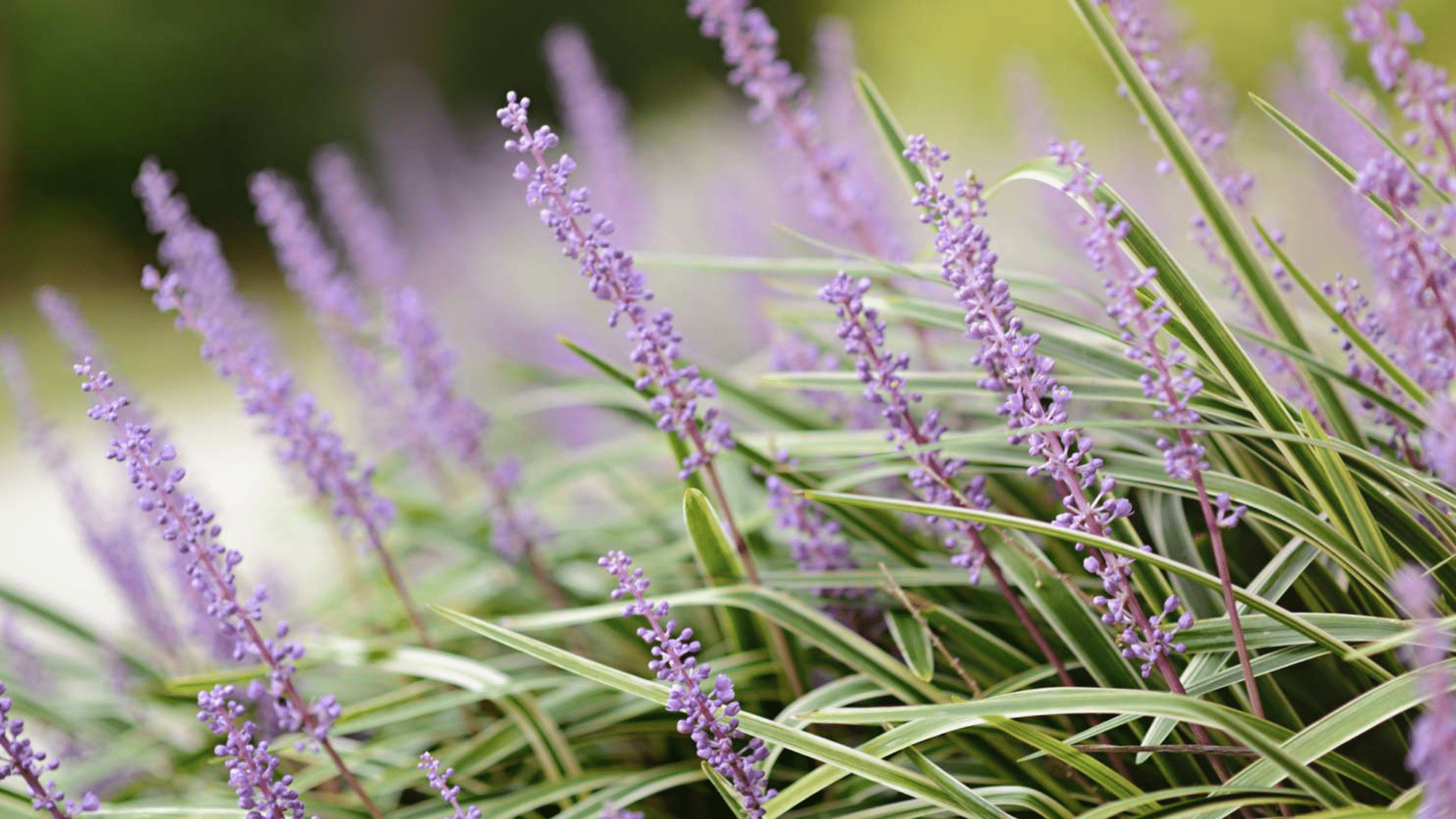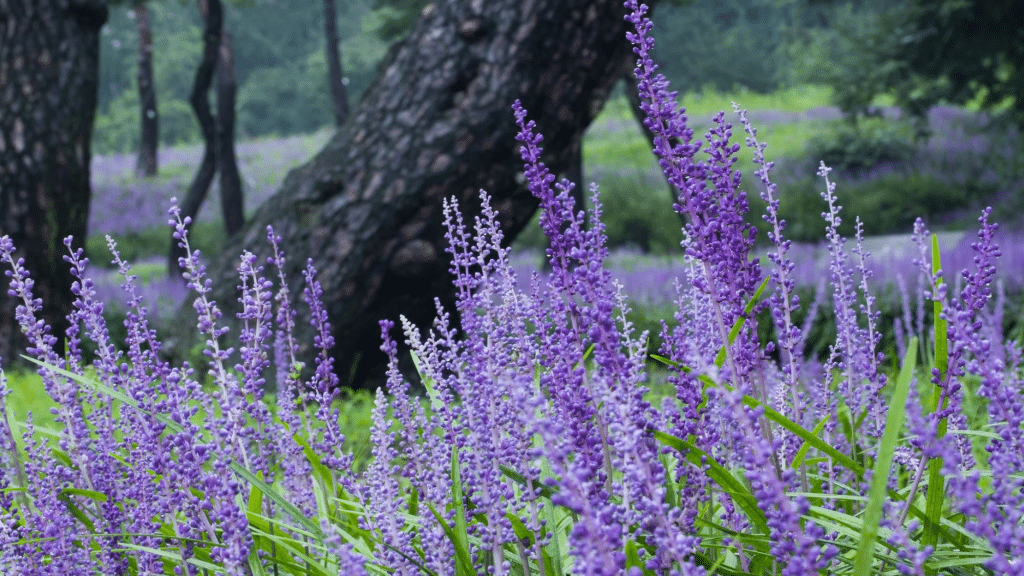I know how frustrating it feels when you wake up to find your garden destroyed by deer. Those beautiful plants you carefully chose?
Gone overnight. Many gardeners face this same heartbreak, and it’s why we search for plants that deer won’t touch.
Liriope has become a go-to groundcover for many of us. But here’s the question that keeps popping up: Is Liriope deer resistant? I’ve seen conflicting information everywhere, and I bet you have too.
You’ll learn exactly how deer-resistant this plant actually is, what makes some varieties better than others, and practical tips to protect your liriope if deer do show interest.
Liriope Plant Profile at a Glance
Before I tell you about is liriope deer resistant, let me give you the basics on Liriope. I’ve grown both main types, and they’re quite different. Here’s what I want you to know:
| Aspect | Details |
|---|---|
| Main Varieties | Liriope muscari (clumping type) and Liriope spicata (spreading type) |
| Hardiness Zones | 5-10 (some varieties handle zone 4 with protection) |
| Growth Habit | Muscari stays put in neat clumps; spicata spreads and can get aggressive |
| Mature Size | 12-18 inches tall, 12-24 inches wide, depending on variety |
| Landscape Uses | Borders, groundcover, mass plantings, under trees, walkway edging |
| Care Level | Low maintenance once established |
| Soil Needs | Tolerates most soils but prefers well-draining ones |
| Sun Requirements | Full sun to full shade (more shade = fewer flowers) |
| Seasonal Growth | Evergreen in warm zones, semi-evergreen in colder areas |
I love how forgiving Liriope is. It handles drought, poor soil, and neglect better than most plants. That’s why so many gardeners choose it for problem spots.
Is Liriope Deer Resistant? A Closer Look

Here’s the truth I’ve learned after years of dealing with deer: no plant is 100% deer-proof. When I say “deer resistant,” I mean deer usually avoid it when they have other food choices.
Check out our other blogs to learn about different garden plants, such as mint, marigolds, and lilacs, that are either deer-resistant or not.
What Does Deer Resistance Really Mean?
Deer resistance isn’t a guarantee. It’s more like a probability scale. Some plants are deer candy – they’ll eat those first. Others, like Liriope, rank lower on their preferred menu. But hungry deer will eat almost anything.
I’ve seen deer ignore Liriope for months, then suddenly nibble it during a harsh winter. That’s normal behavior, and it doesn’t mean the plant isn’t resistant.
Deer’s Eating Habits Depend on Several Factors
- Location matters: Deer preferences change by region. What they hate in Texas might be their favorite food in Michigan. I see this difference when talking to gardeners nationwide.
- Hunger changes everything: During droughts or winter, deer eat plants they normally avoid. I’ve watched this happen in my yard during hard times.
- Plant age counts: Young liriope plants get eaten more than older ones. Deer prefer tender new growth over tough, mature leaves. I always protect new plants until they grow strong.
When and Why Deer Might Still Nibble on Liriope?
I’ve noticed deer get desperate during specific times. Late winter and early spring are the worst – they’ve eaten through their preferred food and start browsing everything.
Seasonal Trouble Times: February through April hit hardest in my area. Snow covers ground vegetation, and deer turn to anything green. I’ve seen them eat plants they ignored all year.
Young vs Mature Plants: New Liriope plantings get hit more often. Those tender shoots taste better than tough, established clumps. I protect my new plantings for at least two growing seasons.
When Desperation Kicks In: Drought years change everything. Deer populations that are too high for the area also create problems. When natural food sources disappear, deer become much less choosy about what they eat.
Telltale Signs of Deer Activity Around Liriope
I’ve learned to read the signs deer leave behind. Once you know what to look for, it’s pretty obvious when they’ve been in your garden.
Deer create ragged, torn edges when they eat. They don’t have upper front teeth, so they pull and tear rather than cut cleanly. You’ll see shredded leaf tips and stems that look like they’ve been ripped.
Deer vs Other Garden Visitors:
| Culprit | Damage Pattern | Other Clues | Smart Protection Methods |
|---|---|---|---|
| Deer | Ragged tears 2-6 feet high, trampled areas | Large hoof prints, oval droppings | Fencing, repellent sprays, motion lights and companion planting |
| Rabbits | Clean cuts close to the ground, under 2 feet | Small round droppings, burrow holes | Low wire mesh, cayenne pepper, predator urine |
| Insects | Small holes, chewed edges, yellowing | Visible bugs, sticky residue | Insecticidal soap, beneficial insects and proper watering |
I always check for hoof prints in soft soil – they’re heart-shaped and about 3 inches long. Deer droppings look like dark brown pellets scattered in small piles. You’ll also notice worn paths through your garden where they walk regularly.
To Conclude
So, is Liriope deer resistant? Yes, but with realistic expectations. I’d call it moderately resistant – deer usually pass it by, but they will eat it when desperate.
Plant Liriope, but watch your garden closely. Pay attention to seasonal patterns and deer pressure in your area. If you notice browsing, act quickly with protection methods.
Liriope works well in deer-prone areas when you understand its limits. It’s not a magic solution, but it’s a solid choice that gives you better odds than most plants.
What’s your experience with deer and Liriope? I’d love to hear your stories in the comments below.













